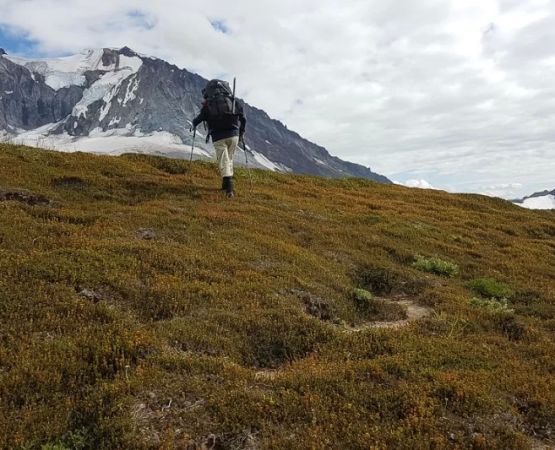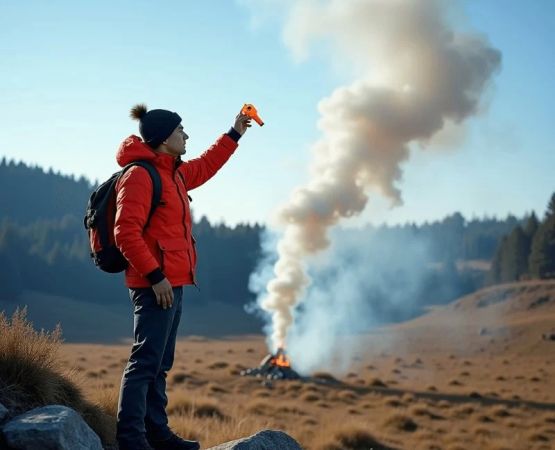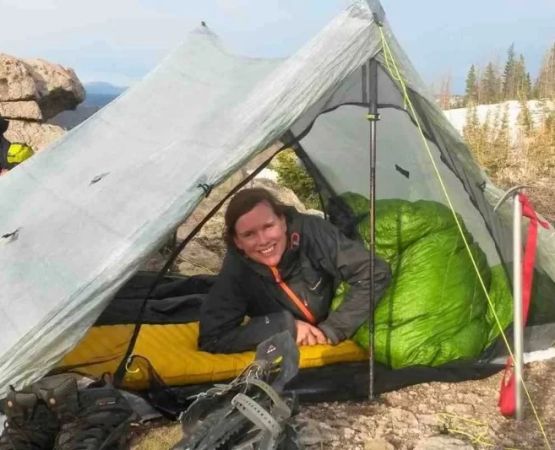- 1-Understanding-Wild-Camping-in-America
- 2-Key-Rules-and-Regulations-for-Wild-Camping
- 3-Practical-Tips-for-Responsible-Wild-Camping
- 4-Real-Experiences-from-Wild-Campers
- 5-How-Pine-Cliff-Resort-Supports-Wild-Camping-Enthusiasts
1. Understanding Wild Camping in America
Wild camping, often referred to as dispersed camping, involves setting up camp outside of established campgrounds, typically on public lands managed by agencies like the U.S. Forest Service or Bureau of Land Management. Understanding wild camping rules in America is crucial to preserving natural landscapes and ensuring personal safety.
Unlike traditional campgrounds, wild camping offers solitude and a closer connection to nature, but it also requires campers to be self-sufficient and respectful of the environment. Knowing where and how to camp legally avoids fines and protects delicate ecosystems.
1.1 Legal Areas for Wild Camping
Most public lands allow dispersed camping, but regulations vary by region. For instance, many National Forests permit camping anywhere more than 100 feet from water sources or trails, while some wilderness areas have stricter limits. Researching local guidelines before your trip is essential.
2. Key Rules and Regulations for Wild Camping
Observing official rules helps maintain natural beauty and promotes safety during your wild camping adventure.
2.1 Campfire Restrictions
Many areas enforce seasonal fire bans due to wildfire risks. When permitted, fires should be small, controlled, and fully extinguished before leaving. Using portable stoves can be a safer alternative.
2.2 Leave No Trace Principles
Adhering to Leave No Trace principles is a cornerstone of responsible wild camping. This means packing out all trash, minimizing impact on vegetation, and avoiding disturbance to wildlife.
2.3 Respecting Wildlife and Other Visitors
Keeping a safe distance from animals and maintaining quiet hours respects both wildlife and fellow campers. Food should be stored securely to avoid attracting animals.
3. Practical Tips for Responsible Wild Camping
Beyond regulations, some practical advice enhances your experience and helps protect the environment.
3.1 Choosing a Campsite
Select flat, durable surfaces away from water to reduce erosion. Avoid fragile ecosystems such as meadows or alpine zones where recovery is slow.
3.2 Water and Waste Management
Bring enough water or have reliable methods for purification. Human waste should be buried in catholes at least 6-8 inches deep and 200 feet from water sources.
3.3 Planning for Emergencies
Inform someone of your itinerary and carry a map, compass, or GPS. Weather can change rapidly in wilderness areas, so prepare accordingly.
4. Real Experiences from Wild Campers
Jessica, an avid wild camper in the Rockies, shares how respecting fire restrictions saved her group from potential disaster during a dry season. They relied on portable stoves and Leave No Trace ethics, which helped preserve the pristine environment for others to enjoy.
Stories like Jessica’s highlight the importance of preparation and respect for the rules that govern wild camping.
5. How Pine Cliff Resort Supports Wild Camping Enthusiasts
For those looking to combine the thrill of wild camping with convenient amenities, Pine Cliff Resort offers expert guidance and quality gear recommendations. Whether you’re planning a remote trip or need a comfortable base, Pine Cliff Resort provides solutions that cater to all outdoor lovers.
Exploring their offerings can help you find the best products and services tailored to your wild camping adventures, ensuring safety, comfort, and respect for nature.






